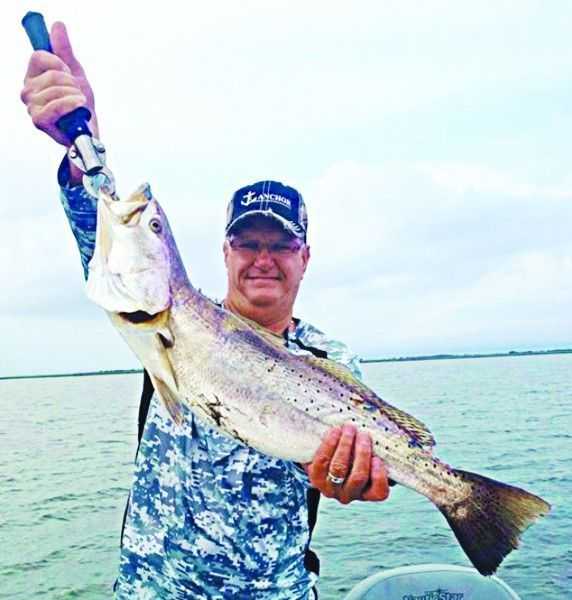Photo Courtesy of Hack Berry Rod and Gun
Fishing New Areas
Tobin Strickland
The secret is out! Big Lake, La. (Lake Calcasieu) is producing solid numbers of quality speckled trout and redfish. This off-the-beaten-path inland bay teems with forage for hungry trout and redfish and is accessible by both boat and kayak. What is the best way for someone to visit a new area, explore and still catch fish?
In speaking with a lot of new anglers, the biggest factor I see missing is not taking time to plan a trip from a fish’s point of view. For those with smaller boats like kayaks, canoes and even smaller center consoles, this preparation can mean a lot in the end result. Yet many of us don’t take the time for obvious reasons. We’re just too busy in day-to-day life. But what if someone could take the time to do it, what would they look at?
Here are a couple of ideas that might help narrow down fishable waters in new areas. First of all, what are the seasonal patterns of the fish? Inland fish such as speckled trout, redfish and even flounder will have some seasonal movement patterns dictated mostly by movement of forage species. If you can learn where and when a fish’s key forage species will be entering and leaving bay systems, this will go a long way toward putting you in the right hemisphere of the bay.
Secondly, you’ll want to look at any seasonal weather variability. Last month I wrote an article on Salinity. Guess what salinity also affects? If you guessed movement of forage species then you are correct. Right now, according to Capt. Kirk Stansel of Hackberry Rod and Gun (HackberryRodandGun.com), a hunting and fishing lodge on the west side of Big Lake, it’s the perfect time to catch the fattest and heaviest, speckled trout of the year. Speckled trout will be feeding heavily over the next month to prepare for the first spawns of the year near the end of April. With the lake warming up, trout will begin feeding more aggressively this month.
Knowing what structure is good for a given species is also important. Many times I see trout fisherman fishing for trout in redfish habitat and vice versa. Sometimes that’s ok, but many times depending on what time of year it is, that will result in a fail or in catching tiny little trout instead of that big hungry female you’re after. So, know your chosen fish’s habitat and the depth that fish will want to be in during different times of year.
Within each season there will also be some daily variability of a fish’s location based on tide, wind, barometer and even daily temperature variation. These are all the high-level decisions that are made by the guides at the lodge daily to put clients on fish. It becomes second nature to them after years and years of on-the-water experience. When you can put all this together, you can really narrow your search.
Tobin Strickland is part of the G-SpotServices.com field staff.
